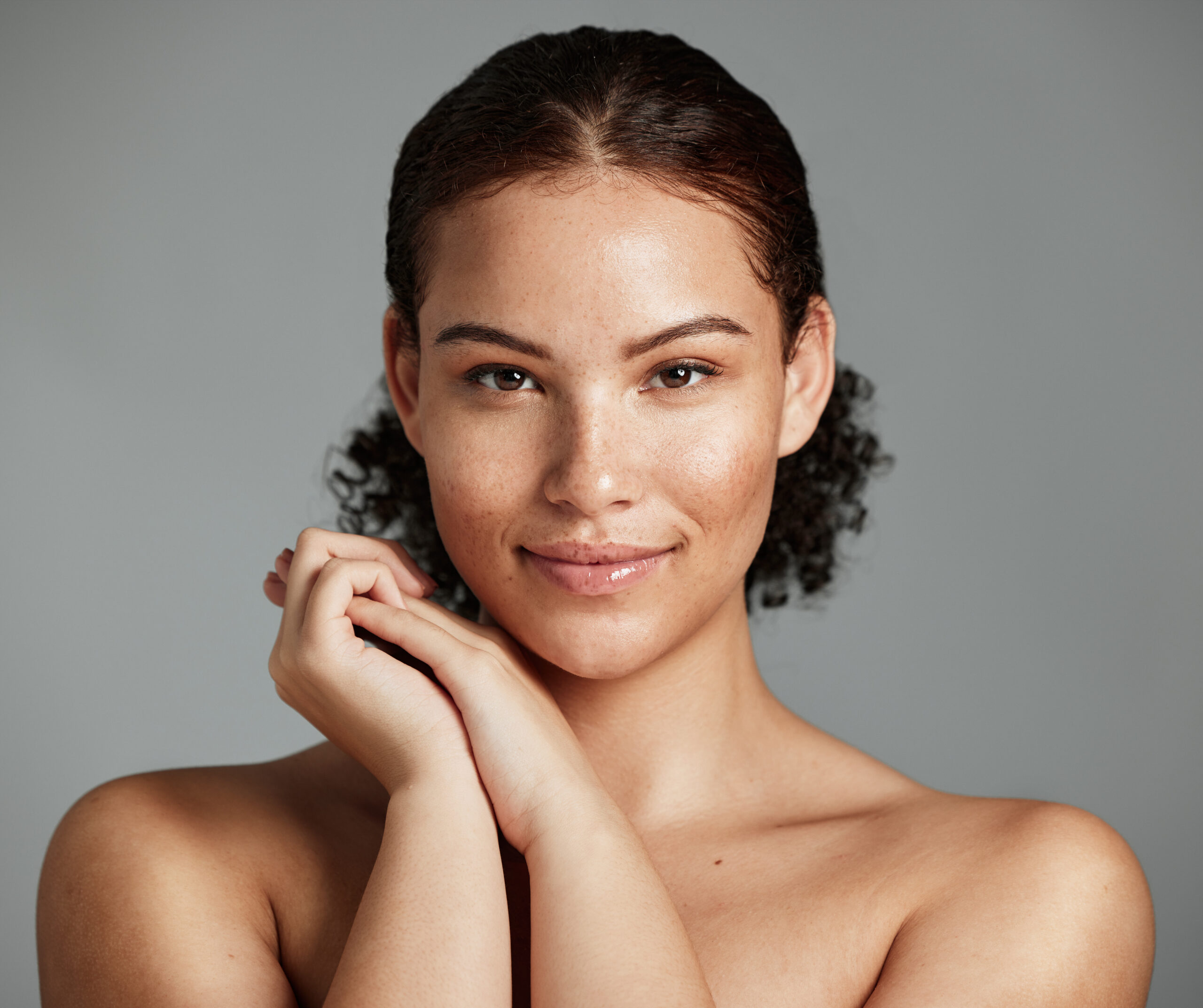- Home
- Treatments
- Fibroblast
Fibroblast

Non-Surgical Plasma Skin Resurfacing Therapy in Albuquerque
Aging and damage from external forces like gravity are always working against your skin, which can fight these stressors to retain its shape when you’re young. You may experience loose, sagging skin as the years go on, however, watching in the mirror as you lose your youthful facial contours and develop wrinkles. Western Dermatology Consultants has a new tool in the fight, providing Fibroblast for Albuquerque patients who want to reduce their fine lines and other signs of aging on the face while creating a more even overall tone and texture.

Contact Us
Discover more about the benefits of Fibroblast from Albuquerque′s Western Dermatology Consultants. Call 505-855-9267 today to make your appointment or request a free consultation.
How Does Fibroblast Skin Resurfacing Therapy Work?
Fibroblasts are cells in the dermis layer of the skin, living between the outer epidermal layer and the subcutaneous tissue. These cells are primarily responsible for the creation of collagen, elastin, and other proteins that support the remodeling and renewal of the skin. They help wound healing and keep your skin thick and firm.
Before the procedure begins, your skin will be cleansed, and a topical anesthetic will be applied to it. Despite what the word “plasma” might imply, there’s no blood drawn during this anti-aging therapy. Rather than light or radiofrequency, this non-laser treatment uses energy delivered via plasma, a type of ionized gas.
This modern aesthetic procedure applies breakthrough plasma medicine technology to discharge a high-frequency electrical current that heats the treatment area using a pen-like handpiece called a plasma pen.
Plasma energy is applied in a grid pattern to the treatment area. This causes micro-injuries that dismantle proteins in the skin. The energy also penetrates down to the deep layers, kickstarting fibroblast activity.
Some people describe the process as creating a warm or tingling sensation. The average session lasts between 15 and 45 minutes.
Results and Recovery from Fibroblast
The outer, damaged layer of skin that has been heating will begin to scab and shed within a few days, revealing healthier, new skin as it heals. Because Fibroblast is a simple, non-surgical treatment, you won’t have to take weeks off for recovery. In most cases, side effects are very minimal. Patients can expect to experience light redness, swelling, and skin peeling, similar to a sunburn.
Some results will be visible right away, but your skin will continue to become firmer, plumper, and smoother over several months as natural skin cell turnover and collagen production improve in the inner layers. At around three months, the full results will be seen as the skin contracts and tightens.
Fibroblast is generally low risk when performed properly by a knowledgeable provider in a safe environment.
What Can Fibroblast Treat?
Fibroblast therapy can produce results that are comparable to laser resurfacing treatments for early signs of aging. It is effective on irregularities associated with sun damage; discoloration; wrinkles on areas such as the eyelids, neck, jawline, and above the upper lip; acne scars; and facial volume loss.
Fibroblast helps to restore facial contours and make skin look more youthful.
Contact Us
Interested in finding out more about skin resurfacing via Fibroblast in Albuquerque? Call Western Dermatology Consultants at 505-855-9267 to schedule your appointment or request a free consultation.
Who is an Ideal Candidate for Fibroblast?
During your consultation, it’s important to talk about your goals and your overall state of health. Fibroblast is most effective on those who have mild-to-moderate wrinkles and sagging.
The best candidates are those who are not currently pregnant or breastfeeding, don’t have allergies to the topical anesthetics, don’t have an active infection, and are not prone to keloids or hypertrophic scarring. It’s not recommended for those with open wounds, autoimmune disorders, severe acne, lupus, vitiligo, and other chronic skin conditions.
